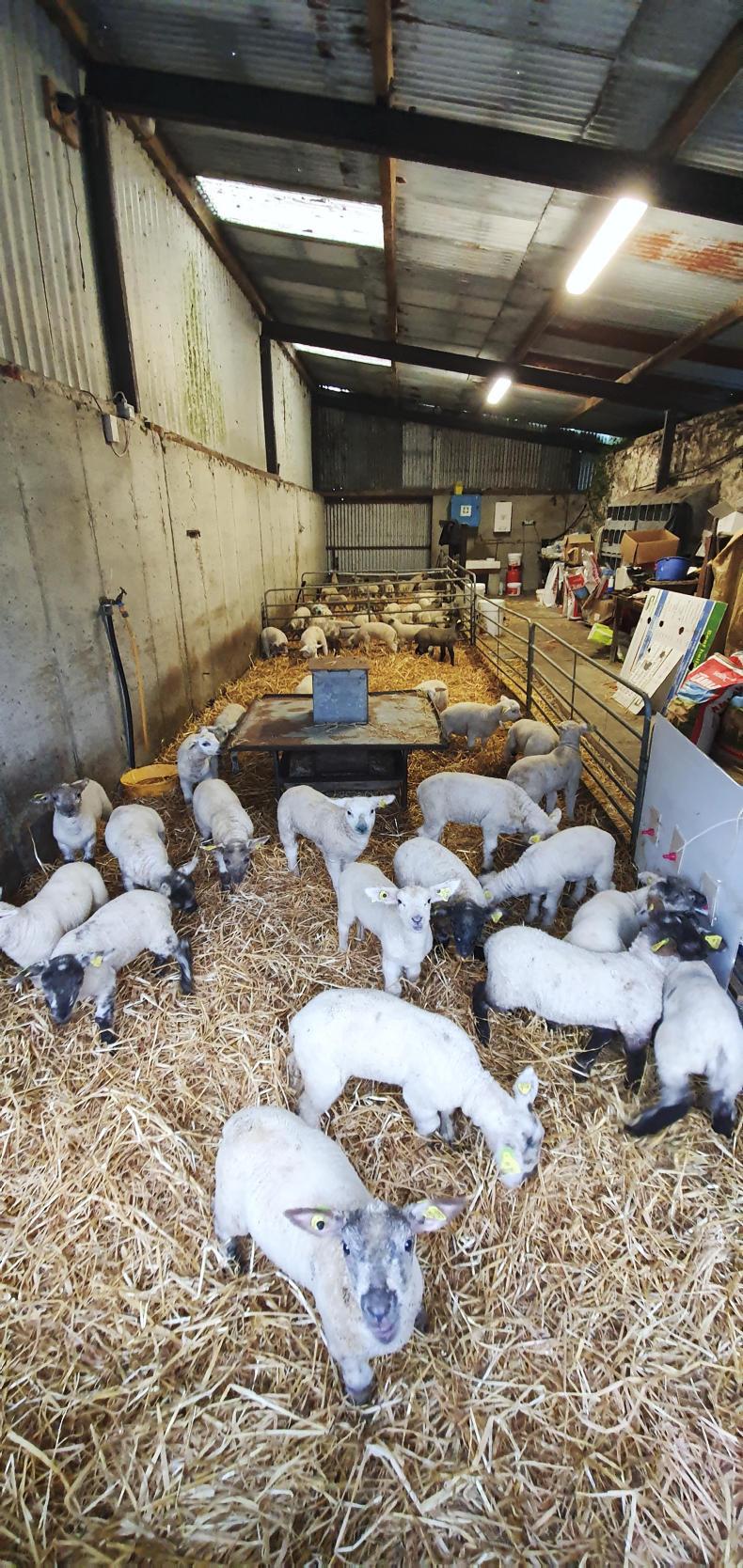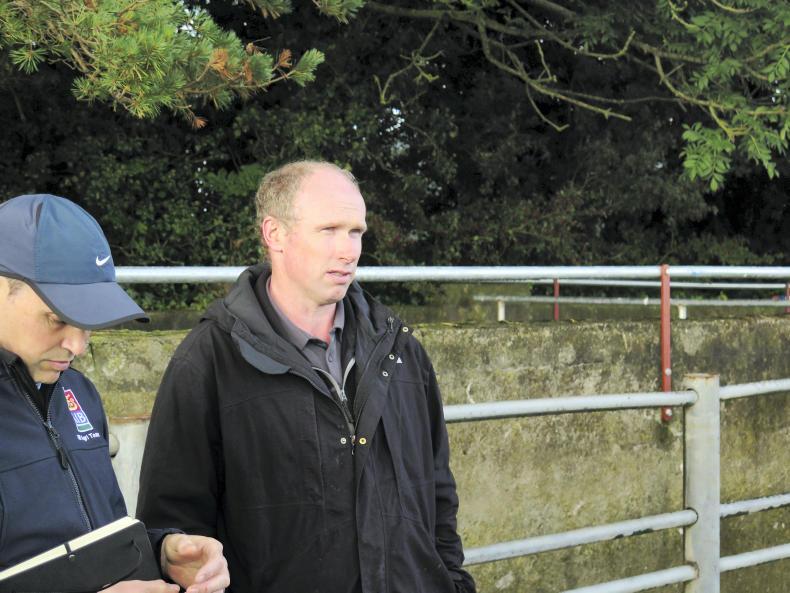Ultimately the number of lambs sold at the end of the year dictates the income of the farm. For the Teagasc BETTER farm programme sheep farms, output per ewe is a key component of meeting financial targets. For most of the lowland flocks in the programme, the target is to scan greater than 2.0 lambs per ewe joined which, will lead to somewhere in the region of 20-30% of ewes having more than two lambs. This makes it essential for prolific flocks to have a plan in place for dealing with extra lambs from ewes having multiples.
There are a number of options available for dealing with surplus lambs on farms, from letting ewes rear multiples, selling surplus lambs for someone else to rear them or rear them on an artificial rearing system. All these systems incur some level of costs; even lambs sold on quickly will require milk replacer until sold.
For the BETTER sheep farmers, surplus lambs are dealt with using a combination of all these systems but the most common practice is a combination of cross fostering insofar as it is possible and artificially rearing the remaining lambs.
Co Kerry BETTER sheep farmer Tomás O’Leary targets scan rates of over 2.0 lambs per ewe joined and over the last four years he has had approximately 27% of his ewes scan with a litter size in excess of two lambs while about 15% scan for singles each year. This means there needs to be a plan in place to manage these lambs after the first 24 hours of life. A combination of cross fostering where possible and rearing additional lambs on an artificial rearing system are employed. Tomás’s artificial rearing system uses three pens side by side and a relatively simple lamb feeder (Volac Ewe2Feeder) with a temperature control unit that supplies the lambs with ad-lib access to warm milk replacer.
Lambs start in a small pen with ad-lib access to warm milk and remain there until they are drinking properly from the feeder. They then move to the second pen with ab-lib access to cooler milk replacer where they remain until they are around three weeks of age. Finally, the lambs move to the third pen until weaning where cold milk replacer is offered ad-lib. Lambs have constant access to concentrates and a forage source to ensure the rumen develops as it should.
Weaning procedure
Weaning takes place when lambs are five weeks of age, have reached at least 2.5 times their birth weight and are eating a minimum of 250g/head/day of concentrates on three consecutive days. Weaning is done abruptly to avoid digestive upsets but it is essential that lambs are already consuming concentrates to wean successfully. Following weaning, Tomás leaves the pet lambs indoors for a couple of weeks after weaning and then he puts them out to grass.

These lambs need access to concentrates once they go outside as they adjust to grass in their diet and the change to an outdoor environment. In Tomás’s case they are put with the yearling ewes and their lambs as these lambs are also fed concentrates until weaning time. Combining these groups reduces the amount of groups of sheep on the farm. Some producers, including some in the BETTER farm sheep programme, finish artificially reared lambs indoors on ad-lib concentrates following weaning. While this is an effective way of rearing surplus lambs, it is expensive adding around €20 to the cost of finishing each lamb.
Lamb performance
In 2019 Tomás’s artificially reared lambs had an average daily gain of 270g until seven weeks of age and recorded an average weight of 17kg liveweight at this time. A summary of the approximate costs incurred per lamb using this system is shown in Table 1. The average price per head for these lambs came in at €98.42 and 85% of these lambs had been drafted by the end of September.
As mentioned, litter size is a key driver of profitability and it is important to have a suitable system in place on your farm for managing surplus lambs. Key to getting any of these systems to work is to ensure ewes have appropriate nutrition pre-lambing and that lambs receive sufficient good-quality colostrum for the first 24 hours. Lambs reared on an artificial rearing system need to be grouped by age, and weaned at five weeks once they are eating concentrates.






 This is a subscriber-only article
This is a subscriber-only article









SHARING OPTIONS: